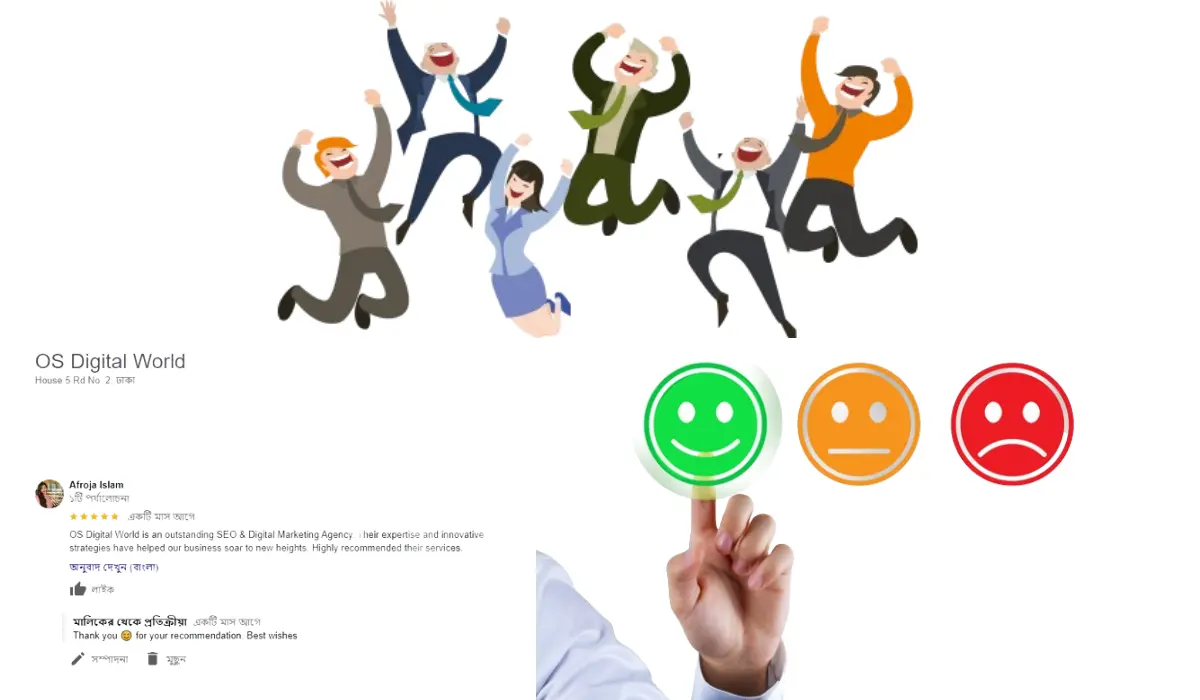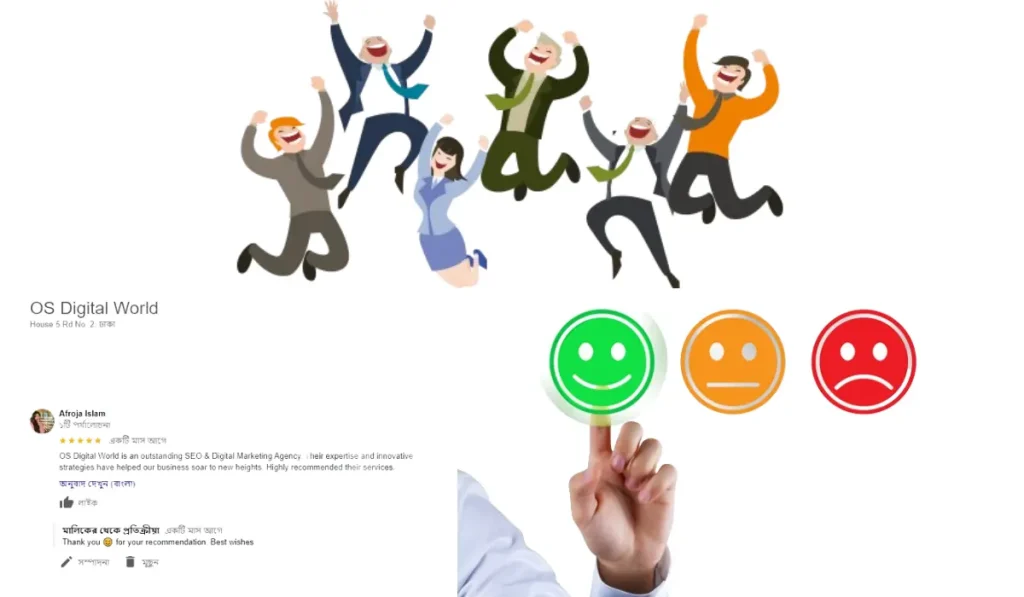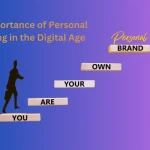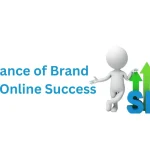In the dynamic landscape of digital marketing, user-generated content (UGC) has emerged as a formidable force shaping brand perception. No longer confined to traditional advertising methods, brands are increasingly relying on the voices and experiences of their customers to amplify their presence and influence. This symbiotic relationship between brands and users is reshaping the way consumers perceive and interact with businesses. Let’s delve into the profound impact of user-generated content on brand perception.
Understanding User-generated Content
User-generated content (UGC) refers to any form of content, such as text, images, videos, reviews, or discussions, that is created and shared by users of a particular platform or community, rather than by the organization or entity that owns the platform. This content is typically generated by individuals who are consumers or users of products, services, or platforms, and it can encompass a wide range of topics and formats.
User-generated content is often characterized by its authenticity, diversity, and engagement, as it reflects the perspectives, experiences, and creativity of individuals within a community. Brands and organizations increasingly leverage user-generated content as a means to engage with their audience, build trust, and enhance their brand image, recognizing the power of authentic user experiences and recommendations in shaping consumer perceptions and behaviors.
Examples of user-generated content include:
Social media posts: Tweets, Instagram photos, Facebook status updates, and TikTok videos shared by users about their experiences, opinions, or interactions with brands, products, or events.
Product Reviews: Reviews and ratings provided by customers on e-commerce websites, travel platforms, or review sites, offering insights into the quality, features, and performance of products or services.
Blog comments and discussions: Comments, discussions, and forum posts contributed by users on blogs, online forums, or community websites, sharing knowledge, opinions, and experiences on various topics.
User-generated videos: Videos created and uploaded by users on platforms like YouTube, Vimeo, or Snapchat, covering a wide range of content such as tutorials, vlogs, product demonstrations, or user testimonials.
Collaborative content: Collaborative projects or initiatives where users contribute content collectively, such as collaborative storytelling, crowd-sourced photography projects, or community-driven art installations.
The Impact of User-Generated Content
User-generated content has a multifaceted impact on brands, consumers, and society at large. From building trust and credibility to fostering engagement and community, UGC has become an integral part of digital marketing strategies and has the power to shape perceptions, behaviors, and trends in the digital age.
The impact of user-generated content (UGC) spans various aspects of digital marketing, consumer behavior, brand perception, and even societal dynamics. Let’s delve into some of the key impacts:
1. Trust and Credibility
User-generated content often carries more weight in terms of trust and credibility compared to branded content. Consumers perceive UGC as authentic and unbiased, as it comes directly from fellow consumers sharing their genuine experiences. This trust factor significantly influences purchase decisions, with studies showing that consumers are more likely to trust recommendations from peers than from brands.
2. Engagement and Community Building
UGC fosters higher levels of engagement and interaction between brands and consumers. When users create and share content related to a brand or product, they become active participants in the brand’s narrative. This engagement not only strengthens the relationship between the brand and its audience but also cultivates a sense of community among users who share common interests or experiences.
3. Amplification of Brand Reach
User-generated content has the potential to significantly amplify a brand’s reach and visibility. When users share content on social media platforms or review sites, it has the potential to reach a much broader audience beyond the brand’s existing followers. This organic spread of content helps increase brand exposure and attracts new customers who are influenced by the positive experiences shared by others.
4. Cost-Effectiveness
One of the most significant impacts of user-generated content is its cost-effectiveness for brands. Unlike traditional advertising or content creation, which often requires substantial resources and investment, UGC is generated freely by users. Brands can leverage this content without incurring significant costs, making it an attractive and efficient marketing strategy, particularly for small businesses or startups with limited budgets.
5. Insights and Feedback
User-generated content provides valuable insights and feedback for brands. Through user reviews, comments, and social media interactions, brands can gain a deeper understanding of their customers’ preferences, needs, and pain points. This real-time feedback allows brands to make data-driven decisions, improve their products or services, and tailor their marketing strategies to better resonate with their target audience.
6. Influence on SEO and Online Reputation
UGC can also have a significant impact on a brand’s online reputation and search engine optimization (SEO) efforts. Positive user-generated content, such as reviews, testimonials, and social media mentions, can improve a brand’s visibility in search engine results and enhance its reputation online. Conversely, negative UGC can damage a brand’s reputation if not addressed promptly and effectively.
7. Cultural and Social Influence
Beyond marketing and business, user-generated content can also have cultural and social influence. Platforms dedicated to UGC, such as social media networks and online communities, serve as spaces for cultural expression, activism, and community building. UGC can shape public discourse, drive social movements, and influence societal attitudes and behaviors on a wide range of issues.
Also Read
How does User-Generated Content Help to Develop Branding
User-generated content is a powerful tool for developing branding by fostering authenticity, emotional connection, brand advocacy, community engagement, differentiation, feedback, and social proof. By incorporating UGC into their marketing strategies, brands can strengthen their brand identity, build trust with their audience, and drive meaningful relationships that lead to long-term success.
User-generated content (UGC) plays a significant role in developing branding by offering authentic, engaging, and diverse perspectives that resonate with audiences. Here’s how UGC contributes to brand development:
1. Authenticity and Trustworthiness
User-generated content is perceived as more authentic and trustworthy than branded content because it comes directly from real users and customers. By showcasing real-life experiences, opinions, and testimonials, UGC helps to humanize the brand and build trust with the audience. Consumers are more likely to trust recommendations and endorsements from their peers, making UGC an invaluable tool for establishing credibility.
2. Emotional Connection
UGC has the power to evoke emotions and create a strong emotional connection between the brand and its audience. When users share their experiences, stories, and testimonials, it resonates with other consumers who can relate to similar experiences or aspirations. This emotional resonance fosters a deeper connection with the brand, leading to increased brand loyalty and affinity.
3. Brand Advocacy and Ambassadorship
User-generated content can turn satisfied customers into brand advocates and ambassadors. When users create and share content about their positive experiences with a brand, they effectively become ambassadors for the brand, endorsing its products or services to their social circles and networks. This word-of-mouth marketing can significantly amplify the brand’s reach and influence, driving organic growth and customer acquisition.
4. Community Engagement and Participation
UGC encourages community engagement and participation by giving users a platform to share their voices and contribute to the brand’s narrative. When users actively participate in creating and sharing content related to the brand, it fosters a sense of belonging and ownership within the community. This active engagement strengthens the brand’s relationship with its audience and cultivates a loyal community of advocates and supporters.
Also Read
5. Differentiation and Brand Identity
UGC helps to differentiate the brand and reinforce its unique identity in the minds of consumers. By showcasing user-generated content that highlights the brand’s values, personality, and distinctive attributes, brands can carve out a niche in the market and stand out from competitors. UGC offers a diverse range of perspectives and experiences that contribute to shaping the brand’s identity and positioning in the marketplace.
6. Feedback and Insights
User-generated content provides valuable feedback and insights for brands to improve their products, services, and marketing strategies. By monitoring and analyzing UGC, brands can gain valuable insights into consumer preferences, needs, and pain points. This real-time feedback allows brands to make data-driven decisions, address customer concerns, and enhance the overall customer experience.
7. Social Proof and Influence
UGC serves as powerful social proof of a brand’s value and relevance. When consumers see others sharing positive experiences and endorsements of a brand, it reinforces their confidence and trust in the brand. This social proof can influence consumer perceptions and behaviors, driving conversions and sales. By leveraging the collective voice of satisfied customers, brands can harness the influence of UGC to enhance their reputation and credibility.
Also Read
Conclusion
In an era defined by authenticity and engagement, user-generated content has emerged as a driving force behind brand perception. By harnessing the power of authentic narratives, fostering community engagement, and amplifying brand reach, businesses can leverage UGC to shape consumer perceptions and build lasting relationships. In a landscape where trust and credibility are paramount, user-generated content has become an indispensable tool for brands seeking to thrive in the digital age.
Also Read











